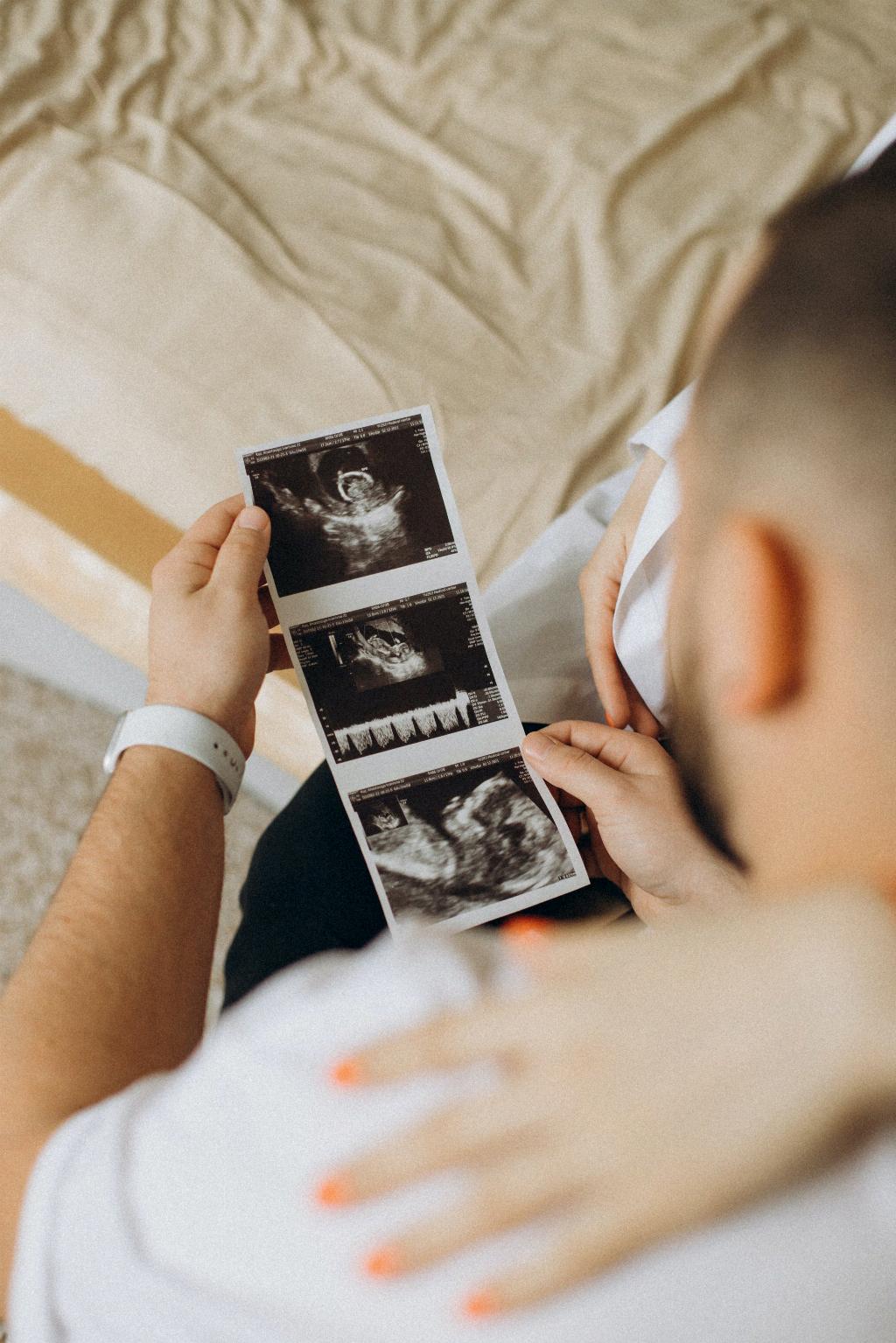When faced with the question of whether you are experiencing pee or amniotic fluid leakage, it’s essential to consider the key differences between the two. Pee, also known as urine, typically appears as a dark yellow color and emits a distinct odor. On the other hand, amniotic fluid, the fluid that surrounds and protects the fetus in the womb, is usually clear or light yellow, with the possibility of being tinged brown or red, and is odorless.
One significant factor to consider is the ability to control the release of the fluid. Unlike pee, you can’t stop the flow of amniotic fluid. When your water breaks, signaling that the amniotic sac has ruptured, you won’t be able to “hold it in” as you would with urine. This involuntary release of fluid is a clear indication of a potential amniotic fluid leak.
Another distinguishing factor is the volume of fluid and its consistency. Amniotic fluid tends to be in larger quantities compared to pee. Additionally, amniotic fluid is usually consistent in its flow, whereas with urine, you may experience variations in the amount released based on factors like hydration levels and bladder capacity.
Color can also provide valuable insight into whether you are dealing with pee or amniotic fluid. While urine typically ranges from pale yellow to dark amber depending on hydration levels, amniotic fluid is more uniform in its appearance, often being clear or slightly yellow. Any deviation from the usual color may indicate the presence of other substances, such as meconium, which can tinge the fluid brown or green.
Considering the timeframe of the fluid release can also help differentiate between pee and amniotic fluid. Pee is a regular occurrence throughout the day, influenced by factors like fluid intake and bladder capacity, while amniotic fluid leakage is more sporadic and may occur in gushes or small trickles, particularly after sudden movements.
It’s vital to pay attention to the accompanying sensations when assessing whether the fluid is pee or amniotic fluid. Pee leakage is often associated with a feeling of fullness in the bladder or the urge to urinate, whereas amniotic fluid leakage may be accompanied by a gush of fluid with little to no prior sensation, sometimes described as a sudden “popping” feeling.
Seeking medical attention promptly is crucial if you suspect a leak of amniotic fluid, as it can pose risks to both you and your baby if left untreated. Healthcare providers can perform tests, such as pH testing or ultrasound, to confirm the presence of amniotic fluid and determine the next steps for your care.
While it can be challenging to differentiate between pee and amniotic fluid based on visual cues alone, considering the factors mentioned above can help provide clarity in determining the nature of the fluid leakage. If in doubt, always consult with your healthcare provider for personalized guidance and support in navigating this aspect of pregnancy.

